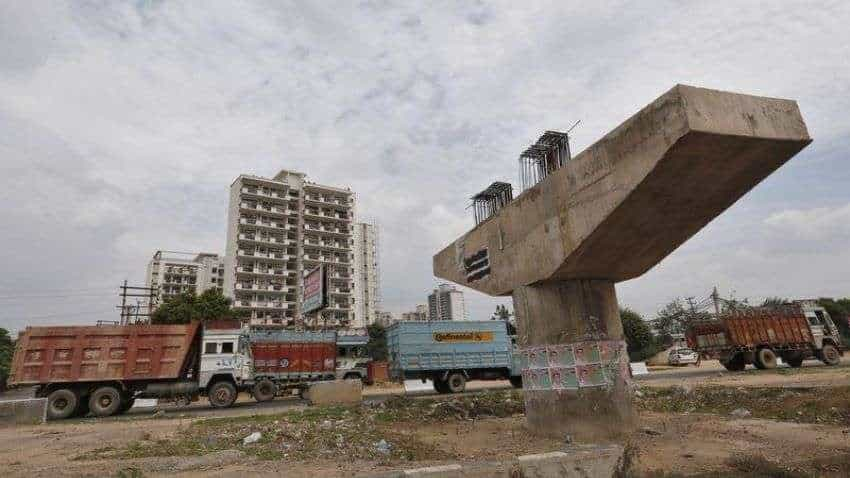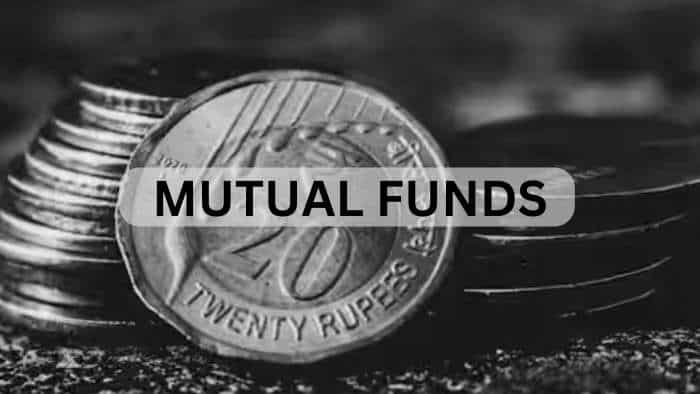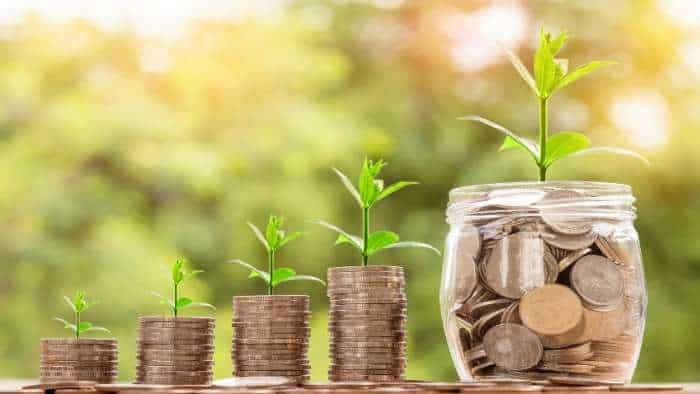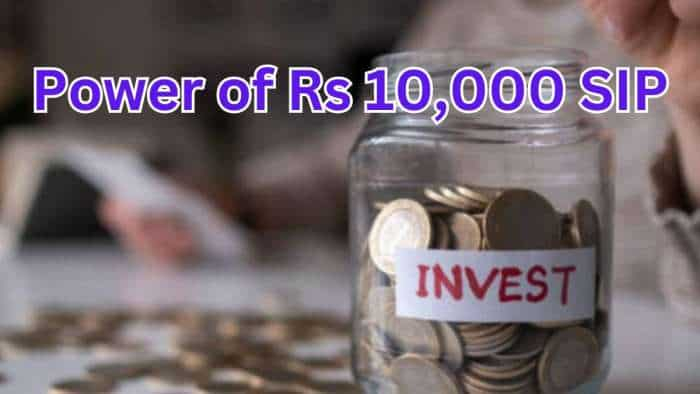India's 'eye-watering' 1.7% spend on transport upgrade to set stage for USD 5 trillion economy
India will spend a whopping 1.7 per cent of its GDP on transport infrastructure this year -- around twice the level in America and most European countries.

India will spend a whopping 1.7 per cent of its GDP on transport infrastructure this year -- around twice the level in America and most European countries -- a feat that has been noticed even by The Economist which called it 'eye-watering' upgrade that will set stage to achieve a USD 5 trillion economy.
Prime Minister Narendra Modi's government has hiked capital outlay on infrastructure to USD 122 billion for the fiscal year starting April as it looks to provide a strong impetus to job creation and boost economic activity amid a global slowdown.
According to official data, the Modi government has allocated Rs 2.4 lakh crore for railways capital expenditure, nine times higher than the amount in the financial year 2013-14. The funds will mostly be spent on building tracks, new coaches, electrification, and developing facilities at stations.
Allocation for roads has jumped 36 per cent to Rs 2.7 lakh crore for 2023-24. There is also the focus on reviving 50 additional airports, heliports, water aerodromes and advance landing grounds for improving regional air connectivity.
Also read- Income tax return filing: What is ITR 1 Sahaj form? Check eligibility and steps to file online
The government has identified 100 critical transport infrastructure projects for last- and first-mile connectivity for the ports, coal, steel, fertiliser, and food grains sectors, where it intends to ramp up investments. "They will be taken up on priority with an investment of Rs 75,000 crore, including Rs 15,000 crore from private sources," finance minister Nirmala Sitharaman had said in her speech presenting the Budget for 2023-24 on February 1.
The unprecedented infrastructural makeover at such sheer scale and speed will help India fulfil its ambition to turn into a USD 5 trillion economy by 2025-26, up from USD 3.5 trillion today, The Economist said in its latest issue.
In the financial year starting in April, road and rail will account for nearly 11 per cent of central government capital spending, up from 2.75 per cent in 2014-15.
If infrastructure was a central government department, it would have the third-biggest budget after the finance and defence ministries. The stated aim of this "generous spending" is to cut the cost of logistics within India from around 14 per cent of GDP today to 8 per cent by 2030, it said.
Alongside an increase in expenditure on infrastructure, bureaucratic reforms are being undertaken at a pace not seen before. Financial powers are being delegated and red-tapes cut.
The core of the infrastructure spending spans from the first indigenously designed and built Vande Bharat Express, that races at a lightning-fast speed of 160 kmph, two new freight corridors between Mumbai and Delhi and between Punjab and West Bengal, electrified tracks to allow goods to be moved at faster speed, adding 10,000 kilometres of road highway length a year, increase number of airports, increasing electricity generation and deeper penetration of broadband internet connectivity.
Also read- Income Tax Return filing: General FAQs taxpayers should know
India has added 50,000 km of national highway in the past eight years, twice as much as it managed in the previous eight. The length of the rural road network has increased from 3,81,000 km in 2014 to 7,29,000 km in 2023.
Over the same period, the number of airports has doubled to 148 while domestic passengers have risen from 60 million in 2013 to a peak of 141 million in 2019 before the pandemic hit. Passenger traffic is projected to rise to 400 million in next 10 years.
While electricity generation capacity has grown by 22 per cent, renewable energy capacity has nearly doubled in the five years to 2022 with the country being globally 4th largest in renewable energy installed capacity.
Broadband connections have jumped from 61 million in 2014 to 816 million last year. A mobile-based payment system launched in 2016 accounts for over half of digital transactions.
"Modi's faith in the transformative power of new transport infrastructure is well judged," The Economist said.
It is a precondition for the high growth that India aspires to achieve. It is a rising tide that will lift all the sections of India.
Catch latest stock market updates here. For all other news related to business, politics, tech, sports and auto, visit Zeebiz.com.
Get Latest Business News, Stock Market Updates and Videos; Check your tax outgo through Income Tax Calculator and save money through our Personal Finance coverage. Check Business Breaking News Live on Zee Business Twitter and Facebook. Subscribe on YouTube.
RECOMMENDED STORIES

Top 7 Large Cap Mutual Funds With Best SIP Returns in 10 Years: Rs 8,877 monthly SIP investment in No. 1 fund has jumped to Rs 28,69,944; see key details

Top Midcap Mutual Funds: Rs 10,000 monthly SIP in 3 schemes has grown to more than Rs 20 lakh in 5 years; see list
03:39 PM IST












 Maharashtra will play key role in achieving India's $5 trillion economy goal: Minister Aditi Tatkare
Maharashtra will play key role in achieving India's $5 trillion economy goal: Minister Aditi Tatkare India's GDP growth to pick up in third quarter compared to first half of FY25: ICRA report
India's GDP growth to pick up in third quarter compared to first half of FY25: ICRA report GST collection grows 9% to Rs 1.87 lakh crore in October
GST collection grows 9% to Rs 1.87 lakh crore in October IMF says India's GDP growth to moderate to 7% in 2024 and 6.5% in 2025
IMF says India's GDP growth to moderate to 7% in 2024 and 6.5% in 2025  India poised to be third largest global economy by 2030, rising population presents challenges: S&P
India poised to be third largest global economy by 2030, rising population presents challenges: S&P